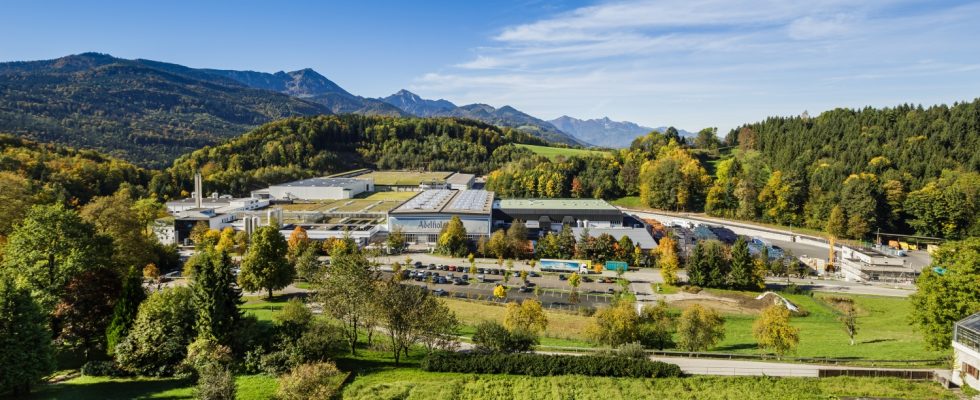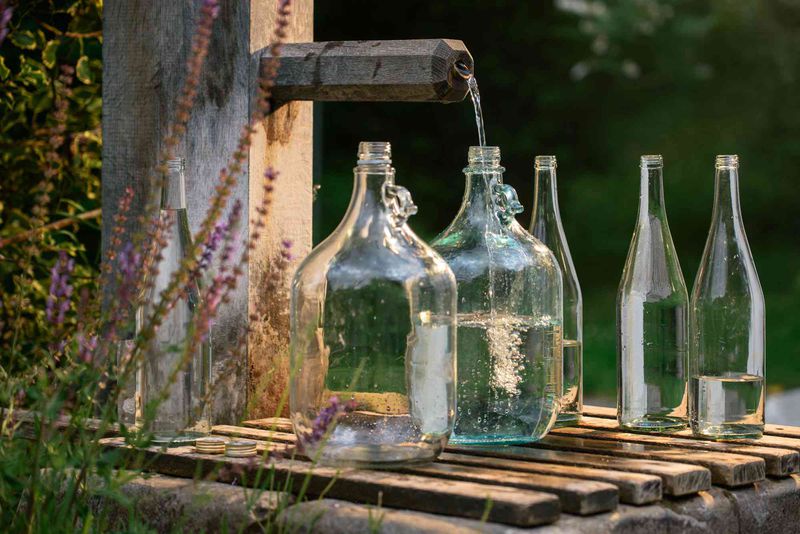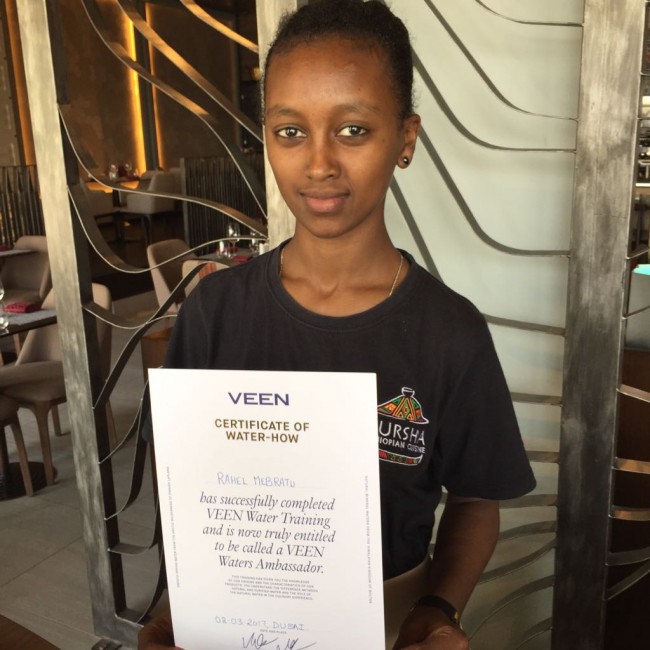5 minutes with India and Bhutan’s first certified water sommeliersVEEN Scene 007

VEEN Scene chats to India and Bhutan’s first certified water sommeliers, Ganesh Iyer and Jana Jaganathan, about their unique training and the importance of their new found knowledge of the one of the most important elements in our day-today lives.
Why did you feel it was important to become a certified water sommelier?
GI: Having been involved in the water industry for two decades, completing the water sommelier course has been immensely advantageous in both providing technical support and validating my experience.
JJ: Being in the business of bottling and selling water, I wanted to further educate myself with regards to its hydrogeological, nutritional, health, sensorial and chemical properties. Being a certified water sommelier enables me to now exchange my views and experiences with a range of people from a place of knowledge.
How intensive is the training to become a certified water sommelier?
GI: 80 training units are held over the course of 9 days and participants are required to prove their acquired knowledge by way of written and practical examinations which span all facets and areas of being a certified water sommelier. So, the course is pretty intensive! It is enriched by a number of sensory trainings, group tasks and field trips.
Where is the training held and how often?
JJ: Once a year at Doemens Academy in Gräfelfing, Germany. The academy was founded in 1895 and is one of the country’s most prestigious educational institutions.
What type of exams were involved in obtaining your water sommelier certifications?
JJ: In addition to daily classroom sessions for two weeks, theoretical, practical and gastronomy exams tested participants’ knowledge. We were also coached in the art of communicating and selling water to diners in a restaurant environment, and producing a water menu.

Please tell us about any field trips you went on as part of your training?
GI: We visited three factories, the most important of which, Adelholzener Alpenquellen GmbH in the Chiemgau region in Southern Germany, produces medicinal water, mineral water and soft drinks.
JJ: One of our field trips was a visit to family-owned St. Leonhard’s Quellen in Stephanskirchen, Germany, where the water can still be bottled directly from the spring itself.
How widely do water types really vary?
GI: One of the first (and most important) lessons learned we learned was that no two mineral waters are alike. Every mineral water and every spring water is absolutely unique, due to its origin, its composition, its nutritional benefits and its characteristic taste, by which it can be distinguished from other mineral or spring waters. Furthermore, many waters show health promoting properties.
JJ: Water types vary tremendously based on their mineralization.

What was the most important thing you learnt during the course of your training that you didn’t know already?
GI: Every water has a unique story and history which results in its unique mineral composition.
JJ: Description of mineral substance in sensory analysis; level of carbon dioxide present in the water; describing haptic impressions.

How has your new-found knowledge of water impacted your work for VEEN?
GI: Our water trainings with hotel staff have become much more involved and interactive due to the amount of knowledge we are now able to share.
JJ: Greatly and very positively, not least in my ability to speak about water in more detail.
Please share an interesting fact about water which only a certified water sommelier would know?
GI + JJ: It is universally agreed that humans have four different types of taste receptors: salt, sweet, sour and bitter. But, post the course, I learnt that there are two more – umami and fat – although the jury is still out as to whether our tongues can actually taste fat or just sense its creamy texture.